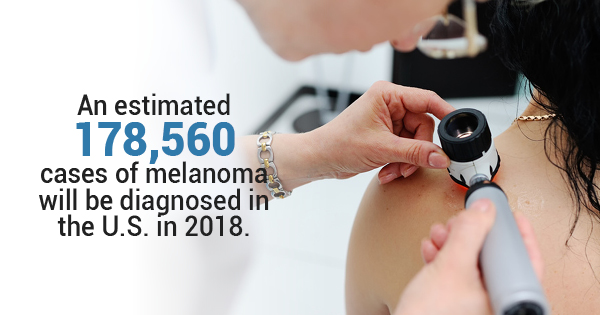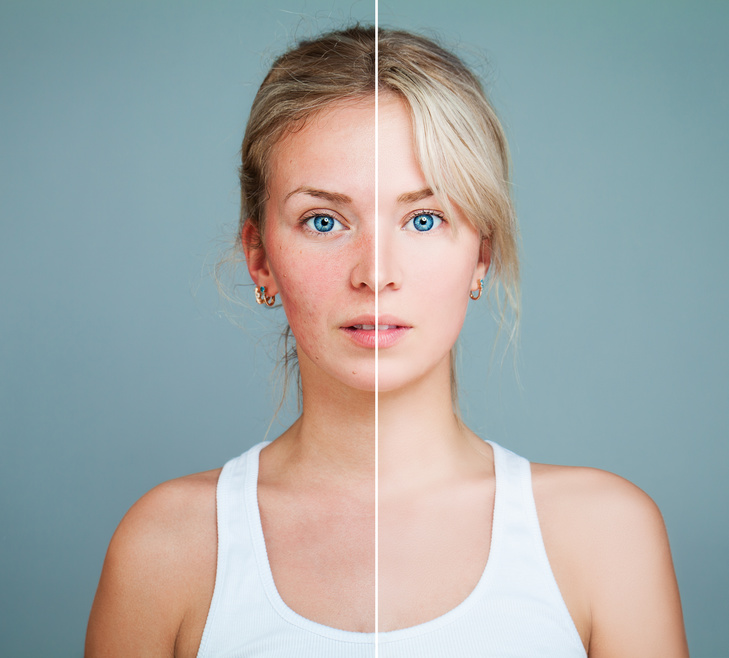
Common Causes of Spider Veins and What You Can Do About Your Risk
Spider veins are known as a less severe case of varicose veins. They show up as a group of small, dilated veins that appear close to the skin’s surface. They look like tree branches or a spider web, hence the name. They are usually red or blue in color and can show up anywhere, but they are most often found in the legs and face.
Common causes of spider veins
There are a number of factors that make some predisposed to varicose veins and spider veins. They include:
- Heredity
- Obesity
- Pregnancy
- Constipation
- Aging
- Sun exposure
- A history of blood clots
- Taking birth control pills
- Postmenopausal hormonal replacement
- Hormonal changes during puberty or menopause
- Standing or sitting for long periods of time
- Wearing too-tight clothing
What you can do to prevent spider veins?
While it is not 100% possible to completely prevent spider veins, there are things you can do to lower your risk. They include:
- Promoting blood flow:Restricted blood flow can lead to issues with your veins, so you want to promote it when you can. Exercise by running or walking can help increase the circulation in your legs. If you have an occupation where you need to stand a lot, wear compression gear to increase blood flow and prevent swelling.
- Remaining a healthy weight:When you are overweight, you are putting a lot of extra pressure on your legs, which can lead to spider veins. By keeping your weight down and avoiding standing or sitting for too long, you are taking pressure off of your legs.
- Always wear sunscreen:Believe it or not, too much sun exposure to light skin tones can lead to spider veins on your cheeks or your nose. Wear sunscreen when you go outside to minimize any damage to your skin.
- Getting treatment:Varicose veins are larger than spider veins, and they allow blood to collect inside them. Treating your varicose veins can reduce the pressure in your legs and prevent additional spider veins from developing.
As of spring 2017, more than 34.77 million people reported using a skin doctor or dermatologist within a 12 month period. If you notice any symptoms of spider veins, you might want to consider going to a dermatologist and talking about spider vein therapy.









No Comments
Sorry, the comment form is closed at this time.